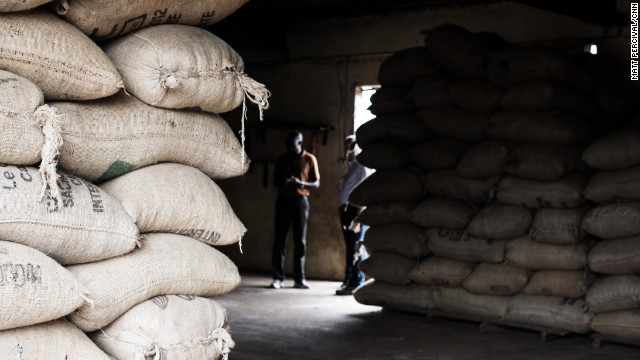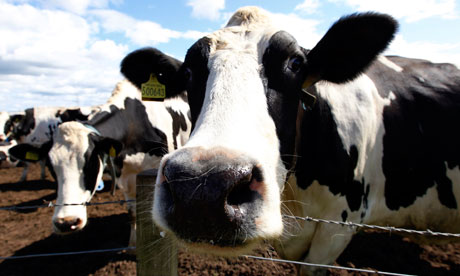Once again, I've disappeared from the blogosphere for an extended period of time - my apologies, dear readers!
After my term papers and exams were completed in the beginning of May, I envisioned myself having much more free time to dedicate to blogging about food and the environment. But things have been in full swing with my Masters dissertation since then, and I have been spending most of my time in the lab and behind a light microscope examining fossil pollen. For my project, I am reconstructing recent anthropogenic vegetation changes using detailed ultra-high resolution pollen analyses from the Portuguese Margin. I'm really enjoying it so far, but I must admit it's quite the learning curve with these biological proxies of environmental change! Below are a couple photos of some of the types of taxa I typically encounter under the microscope:



| Figure 1. Light microscope and scanning electron microscope (SEM) images of fossil pollen grains. Left: Compositae tubuliflorae, middle: Pinus (SEM image), right: Tilia. Images courtesy of the University of Arizona. |
But all things pollen aside, let's talk about food and our individual environmental footprints. As we touched on in previous posts (for instance here and here), I often think about the environmental footprint of the food I consume and cook with each day. Living in a big city like London, it's all too easy to fall into the "to go" and "disposable" mentality. With a busy schedule and constantly rushing from point A to point B, the thought of washing extra dishes or even cooking a simple meal can seem daunting - especially when all of your heart's culinary desires can be delivered to your doorstep within minutes.
Sometimes all that's needed is a gentle reminder and some simple ideas for more environmentally-friendly food habits. In the spirit of all this, I found this really interesting info-graphic created by Food Establishments Recycling Nutrients (FERN), a Lebanese non-governmental organisation that specialises in facilitating composting and recycling in restaurants (below).

This info-graphic is filled with great tips and habits that can really improve our individual environmental footprints. My favourite aspects include: "first in, first out", "expiration dates aren't throw-away dates" and the focus on food waste. Personally, I find that making a grocery list and a meal plan and sticking to it is an excellent way to ensure that all the food you purchase is used. I also found the idea of keeping a list next to the garbage can for a week to monitor how much food is wasted is an excellent one - I may conduct the experiment and report my results on the blog, so stay tuned for that!
What are you favourite aspects of this info-graphic? Are there any wasteful habits you'd like to kick? What is your favourite tip on reducing food waste at home?
Until next time!








.jpg)
























